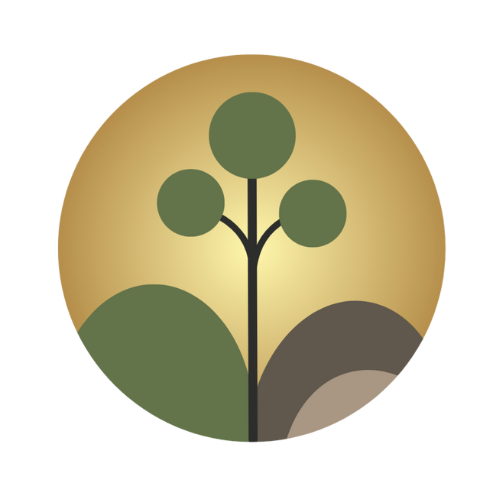
Child Therapy
Children often express themselves through behaviour long before they have the words to explain what’s going on inside. It can be tricky to decipher what is “normal kid stuff” and what may need further support. We’re here to give you and your kiddo a helping hand with making sense of it all.
Could my child benefit from therapy?
It’s not always easy to know when to reach out for extra support.
Therapy can help when your child:
Is struggling with big emotions like anxiety, anger, or sadness
Finds it hard to concentrate, manage frustration, or cope with changes
Shows signs of low self-esteem or frequent worries
Has difficulty with friendships or social situations
Is going through a tough time — like family changes, grief, or a challenging experience that they can’t shake
Seems withdrawn, overwhelmed, or out of sync at home or school
You don’t need to have all the answers — if you’re feeling concerned or unsure, that’s reason enough to reach out. We're here to listen and explore what support might help.
What does therapy for children look like?
We use the language of children - play & creativity - to create a safe environment for connection, learning and therapeutic change. We work with children in a way that feels natural and engaging for them — while gently supporting growth, resilience, and self-awareness.
play-based activities
body-based & mindfulness tools
art & creative expression
storytelling & games
We work closely with parents and caregivers throughout the therapy process. You’re the expert on your child, and your involvement is key to helping change happen outside the therapy room.
Parent support may include:
Providing a detailed history, background information & insight
Check-ins before or after sessions
Practical strategies to use outside of the therapy room
Space to reflect on your child’s progress and ask questions
Resources and tools to help you feel more confident and connected




